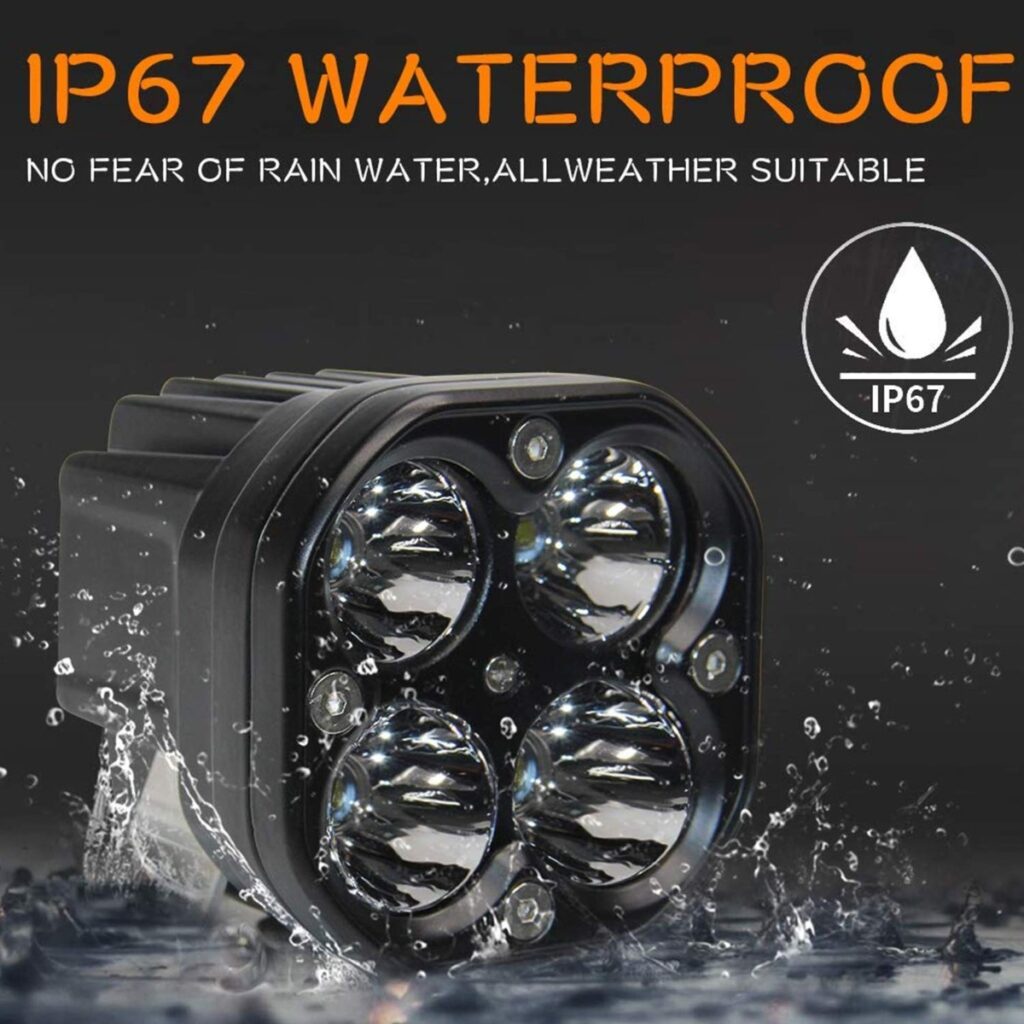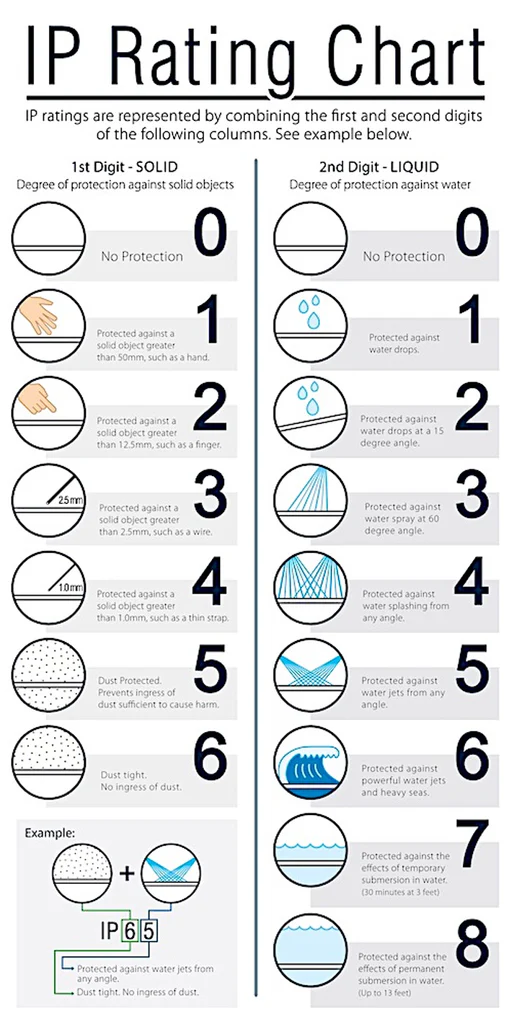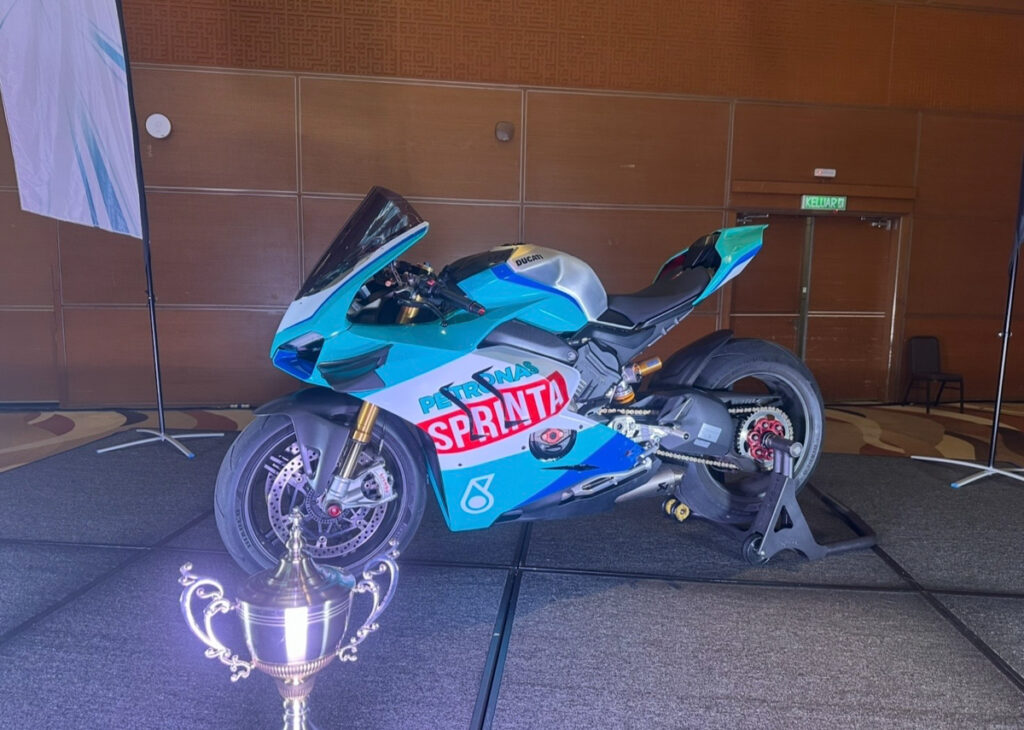You may have seen or noticed that some gadgets are being touted as being IP this, or IP that, and “waterproof” or in particular with numbers such as “IP67.” dust and waterproof. So, what does IP rating mean, actually?
In our opinion, the IP rating is not something to be taken lightly unless you do not care about whether your purchase can stand up to the environment.

What is IP rating?
No, “IP” does mean “intellectual property” in this case. Instead, the term stands for “Ingress Protection.” The rating measures how well a device stands up to dust and/or water incursion.
Good news is, the IP rating is not conferred by manufacturers arbitrarally (although some may unscrupulously do so). The device must be tested by an official lab according to the EN 60529 standard by the International Electrotechnical Commission (IEC) in order to be certified for international markets.
The rating is specified as:
IPXX
Generally, the rating actually consists of three parts:
- IP – Ingress Protection.
- First X – For protection against solid objects including dust and stones.
- Second X – For protection against water.
Please refer to the chart below.
Therefore, if your gadget has the IP67 rating, it is protected against dust and water incursion.
On the other hand, and “X” in the rating means it does not confer that kind of protection or it was not tested as such by the manufacturer. For example, a product with IPX4 rating means it is not rated for protection against solids but is protected against water splashes. This rating is usually for water-resistant (if not waterproof) bags.
Speaking of rainsuits, they may or may not be tested for IP ratings. Instead they are tested through waterproof rating or breathability rating. We shall touch on this in the next article.


















